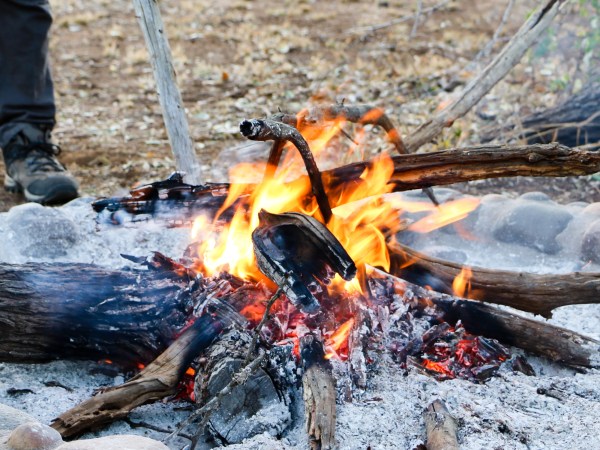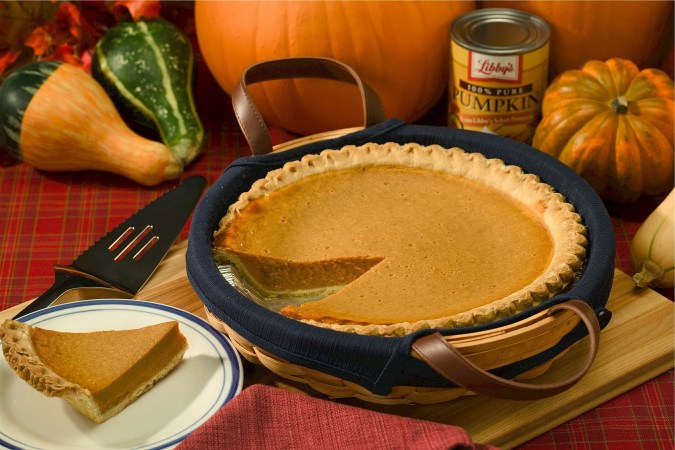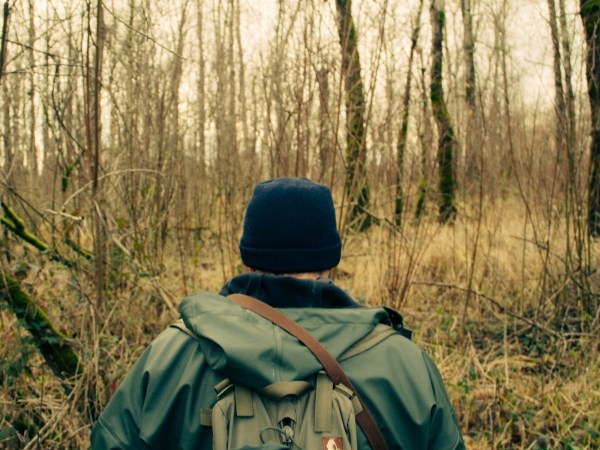

Home sweet home. It’s the place where we enjoy our lives, but it’s also where you can get seriously hurt. Thankfully, simple precautions can prevent many household injuries from occurring.
How to prevent falls
Falling is the most common type of at-home injury. Sometimes people slip. Other times they trip over something on the floor or simply their own feet. Children can fall off beds and other furniture, or can take a tumble while running during play.
Falls can cause strains, sprains, broken bones, and concussions. Even if a fall injury seems minor, call your primary care physician if you feel any pain or have hit your head, says Sonja Rosen, chief of geriatric medicine at Cedars-Sinai Medical Center in California. Don’t wait. You may need to be evaluated immediately if you’ve suffered a potential head injury, broken bone, or have cut open your skin, and your doctor can help you decide.
Broken bones must be treated immediately, and any delay can slow or prevent healing, Rosen says, noting that hip fractures should be repaired within 24 hours. Brain bleeds can be fatal without speedy medical intervention. If you lose consciousness, get emergency care as soon as you can—and make sure anyone who is with you knows to call 911 if you can’t.
The danger is serious, but prevention is relatively easy: the best way to prevent falls is to get regular exercise, Rosen says. All adults should aim for at least 150 minutes per week of moderate intensity exercise, and anyone over 65 should make sure to include balance training. A simple way to practice balancing is to stand on one foot and lift the other leg off the floor for 10 seconds. Keep a sturdy chair nearby to hold onto in case you start to wobble. If that seems too easy, Cedars-Sinai has other suggestions, and plenty more are available across the internet. Exercises focusing on strengthening lower body muscles in the back, abdomen, and legs will also help improve stability.
And it sounds obvious, but “one of the most important things is to try not to fall,” Rosen says. “Be careful and be mindful. Don’t walk down the stairs carrying things with your hands full. Make sure you have at least one hand free to hold onto the railing if you lose your balance. Try not to multitask when walking around, especially on stairs. Pay attention to where you put your feet.” It’s OK to look down while walking to see where you are stepping.
Walk slowly inside your house, particularly when the floor has just been washed and is still wet and slippery. If throw rugs slide underfoot, remove them or stick them to the floor with adhesive tape so they won’t move. Put away shoes and other objects instead of leaving them on the floor. Close drawers and cabinet doors so they don’t stick out and trip people. When using a ladder, be sure it is in good condition, properly set up, and well-positioned. If you’re especially concerned about falling, you can put down colored tape to mark steps between rooms or uneven floors.
How to avoid and treat burns
You can be burned at home by more than just an open flame: scalding liquid, hot objects (like those made of metal or glass), electrical currents, and household chemicals can also sear your skin. That means it’s important to be careful when you’re cooking and working around the house, especially while using strong acids, lye, paint thinner, and gasoline. Children can also be burned by bathwater that’s too hot.
You can prevent kitchen burns by using the back burners on the stove and keeping your pot handles pointed toward the middle of the stove or the countertop to reduce the likelihood of bumping into and overturning pots with hot contents. Make sure the handles themselves aren’t resting over heat, or they may burn you when you take hold. Elsewhere, set the thermostat on your hot water heater to 120 degrees Fahrenheit or lower. Bath water for babies and small children should be about 100 degrees. Test the bath water with your elbow or a bath thermometer before letting a child get in to be sure it is not too hot. Store chemical products in their original containers in a place where children cannot reach them. Do the same with matches and lighters.
[Related: First aid basics for your adventure in the wilderness]
For minor burns, hold the affected area under cool running water until it is no longer painful. Two or three times a day, apply a petroleum-based ointment and cover the burn with a sterile, non-adhesive bandage or clean cloth. Take over-the-counter pain medication if needed. See a doctor if the burn is larger than your palm, redness extends beyond the border of the burn, and medication doesn’t help the pain. If you suffered a chemical burn, follow the treatment instructions on the product’s label.
For second-degree burns affecting the two top layers of skin, rinse the affected body part in cool—but not cold—water for 15 to 30 minutes. Then wash your hands and gently wash the area with clean water and cover it with a dry, sterile bandage. Call your doctor for further instructions. If the burn is on a limb, elevate it above your heart as much as you can for 24 to 48 hours and try to keep moving normally to prevent the skin from healing too tightly.
For third-degree burns, call 911 immediately or go to the nearest emergency room. Don’t touch or soak the damaged tissue—cover it with a dry, lint-free cloth instead.
How to deal with cuts
Household maintenance work often involves hand and power tools. These can cut you—often severely—if you use them incorrectly or carelessly. Cuts can also occur from using knives while preparing meals or from hitting a sharp corner during a fall. Scrapes can result from falling off bicycles or scooters. Take greater care in using tools, knives, and bikes, and you should be able to prevent most cuts and scrapes.
To treat a cut or scrape, first wash your hands and stop the bleeding by applying gentle pressure with a clean cloth if necessary. Then clean the wound with water to remove any dirt or debris. You can use soap around the injury, but don’t let it get into the open skin. Next, apply an antibiotic ointment, and cover the area with sterile bandages. If the cut doesn’t stop bleeding within 10 or 15 minutes of pressure, go to the emergency room.
Change the dressing every day until the wound heals. If you develop a fever or see other signs of infection, such as increased pain or a red streak extending from the wound, call your doctor. They may prescribe an antibiotic and/or pain medication and may also have you get a tetanus shot. Untreated infected cuts can be fatal.
How to prevent poisoning
Lots of helpful household products and medications can be poisonous if used incorrectly. These include cleaning products, laundry and dish detergent pods, and prescription and over-the-counter drugs. Always store these products in their original containers to ensure you can identify the contents. Their labels will also provide instructions for proper use and what to do if they are ingested or spilled on skin.
Should someone ingest a poison, call Poison Control at (800) 222-1222. This free call will connect you with experts where you live who will tell you what to do. Program this number into your phone so you will have it readily available if you need it.
[Related: Everything you need to know about ricin poison]
To protect children from poisonous products, it is important to store them in high cabinets or locked closets where children cannot see or find them. Many laundry and dishwasher pods are made in attractive colors, which might tempt children to put them in their mouths. Since the coating on these pods is designed to dissolve in moisture, simply sucking on them will release toxic detergent into a child’s body. Some brands are sold in child-resistant containers, and while these are preferable for families with small children, it’s still crucial to store them carefully.
That also goes for medication bottles labeled as child-resistant—they’re not childproof. Safe Kids Worldwide recommends that households with children keep all medicine above counter height and out of sight, like inside a high, closed cabinet. Even better, stash them in a locked box. When you have visitors, take care to store their purses, bags, and coats out of children’s reach because they may also contain medicine.
Medication can also poison adults if the prescription was filled incorrectly or because they took extra doses by mistake. Consider giving yourself visual cues to prevent overdosing. For example, if you take your medication first thing in the morning, follow up by putting on your watch. Seeing the watch on your wrist will remind you that you’ve already taken your medication.
If you take multiple pills throughout the day, sort your pills into a container with labelled compartments. Some pharmacies now dispense prescription drugs in several daily packets labelled with when they should be taken. This makes it easy to take them correctly. Ask your pharmacy if they can provide your drugs this way.
How to avoid furniture tip-overs

Many pieces of furniture come with mounting hardware that goes unused. If you have children under 9, attaching furniture to the wall could save their lives. Even though you may have taught them not to, kids are known for climbing on furniture. When they do this, their weight destabilizes the dresser, shelves, or whatever they’re on, and it can fall on them, causing serious injury or death. If no mounting hardware came with the piece, you can buy simple, inexpensive furniture safety straps online from some baby supply stores, and some hardware retailers.
This same problem also occurs with TVs, which naturally fascinate children. Safe Kids Worldwide recommends placing large, old-fashioned cathode-ray tube TVs on low, stable pieces of furniture or removing them from the house completely. Flat-screen televisions should be mounted to the wall to reduce the risk of tip-overs. Keep remote controls, toys, and other interesting items in low places so kids won’t be tempted to climb up or reach high to get them. Should furniture or a TV fall onto a child, remove the heavy object and call 911 immediately.
It’s easy to be safer
The precautions needed to avoid these home injuries are not difficult, but you will have to stay mindful of potential risks and take a little time to ensure items are stored and used safely. Use this article as a checklist to inspect your home for potential hazards and then remove or fix them so you, your family, and your guests can remain safe.















